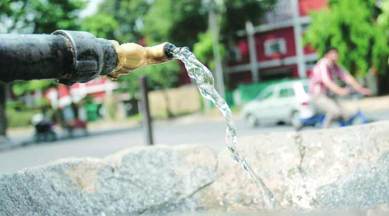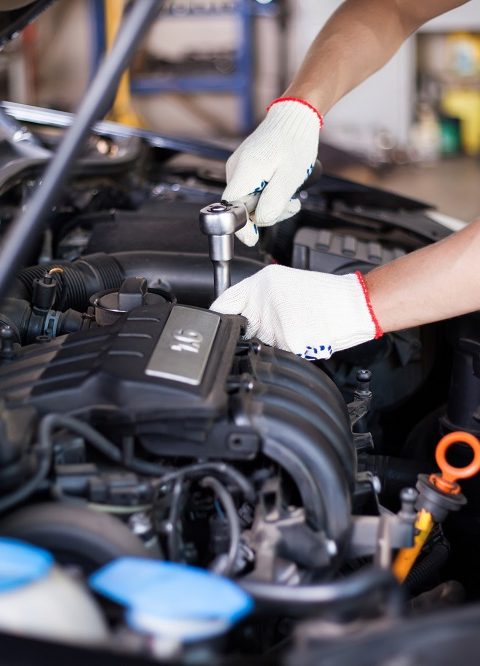As cities continue to evolve and grow, the demand for basic necessities like water increases. While urbanisation offers numerous opportunities, it brings with it considerable challenges too. Among the most pressing of these is the management of water supply infrastructure and the ever-growing demand.
This post will delve into the complexities surrounding urban water supply, focusing on the challenges of infrastructure and demand management.
The Complexities of Urban Water Supply
In an urban context, the water supply involves far more than just ensuring clean water comes out of the tap. It’s about implementing and maintaining a complex system that includes source sustainability, infrastructure, energy usage, wastewater treatment, and final disposal. Addressing each of these elements effectively is crucial to ensure a resilient and sustainable water supply system.
A city’s ability to provide an efficient water supply is intricately linked to the health of its infrastructure. Decades-old pipelines and treatment facilities often result in significant water losses through leaks and inefficiencies. These aging infrastructures urgently need upgrades or replacements, but the associated costs can be prohibitive, especially for cities already grappling with budget constraints.
Infrastructure Challenges
While all components of a water system are vital, this post will focus on two critical elements: the infrastructure for water supply and treatment facilities.
Older cities often have a legacy of centuries-old infrastructure, designed for populations far smaller than they currently support. As populations and demands have grown, these systems are now under constant stress. This strain not only reduces their efficiency, but also risks catastrophic failure that can lead to prolonged water shortages and public health risks.
To make matters worse, the impacts of climate change, such as more frequent and severe droughts and floods, pose additional threats to the reliability of these aging systems. In this light, cities must invest in modernising and climate-proofing their water infrastructure to ensure a reliable supply.

Demand Management
On the other side of the equation, we have demand management. This involves optimising water use efficiency, reducing wastage, and promoting conservation among residents.
Effective demand management can reduce pressure on water resources and infrastructure, making the overall system more sustainable. However, changing behaviour and attitudes towards water use is a considerable challenge.
One method of reducing reliance on public water supply systems is through promoting the use of alternatives, such as bottled water in Liverpool, for example.
A Balancing Act
Addressing water supply challenges in urban areas requires a delicate balancing act. On one hand, cities need to invest in upgrading their water infrastructure to cope with increasing demand and the impacts of climate change. On the other, they need to encourage more responsible water use to reduce pressure on these systems.
As we move forward, cities should consider integrated water management approaches that consider all elements of the water cycle. These approaches can include everything from harnessing technology to detect and fix leaks, to implementing water-saving devices and water reuse systems, and promoting responsible water use among residents.
In the end, the goal remains the same – ensuring a resilient, sustainable, and equitable water supply for all city residents, now and into the future. This is an ongoing challenge, and we need all hands on deck to find innovative, efficient, and sustainable solutions.






